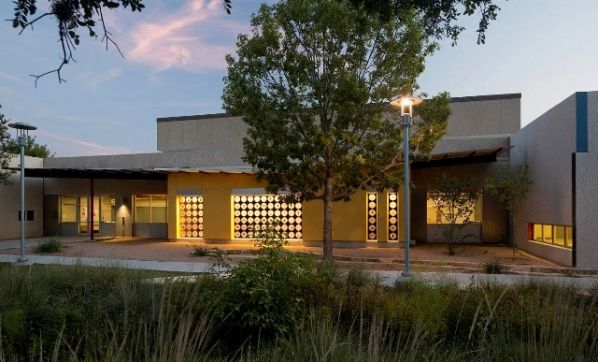Maintenance needs could prompt future elections
Thursday, May 30, 2019 by
Jo Clifton “You don’t have to step very far away from City Hall to find some facilities that are badly in need of maintenance,” Deputy Chief Financial Officer Ed Van Eenoo told the Council Audit & Finance Committee on Wednesday.
But funding maintenance needs represents a significant challenge to budget writers, especially under the newly enacted 3.5 percent tax growth cap, Van Eenoo said. This Council has directed staff to emphasize taking care of city property, and the financial staff members understand that it costs less to pay for the maintenance with property taxes and other revenue than with bonds, he noted.
Van Eenoo told the committee, “Long story short, we have some significant needs in terms of our facilities.” The current Council adopted a policy of setting aside funding to deal with maintenance within the city General Fund budget in order to address those needs.
Answering a question from Council Member Jimmy Flannigan, Van Eenoo said Council had allocated $6.5 million in tax dollars to take care of deferred maintenance projects in the current fiscal year. If the city needed to raise that same amount of money through bonds, he said it would cost about $9 million.
Noting that the change from tax dollars to bond dollars would increase the cost of maintaining facilities by nearly 50 percent, Flannigan commented, “Great work!”
Mayor Steve Adler said the Legislature has taken away the strategy the city was trying to use of spending tax money and pointed Austin toward elections. He said he expects to go to the voters in the next one to three years to raise money for deferred maintenance. “This is very much the direction the Legislature has told us” they want the city to take, he said. “The Legislature has taken away our ability to do long-term planning” for maintenance, he said, adding, “I don’t think we can have an annual election.”
Deputy City Manager Elaine Hart also told the committee that there were some smaller projects that would not be eligible for bond funding. “When we issue long-term bonds we match the useful life of the asset that we are improving to the life of the bonds. So if you’re putting in a new security station that might have a 10-year life, you would not want to issue 20-year bonds for it.”
Van Eenoo reported that funding the current policy would require about $8 million for Fiscal Year 2019-20. City facilities needing rehabilitation include those the public visits, such as recreation centers and libraries, but also the less visible facilities like fire and police stations. Following the briefing, Van Eenoo told the Austin Monitor those facilities the public never sees actually have greater needs than the “public-facing facilities.”
Parks and libraries are more likely to get the needed maintenance, Van Eenoo said, because when members of the public visit a library and “the toilet’s not working or the carpet is dirty, they say fix it.”
So there are a lot of maintenance needs out there in those public areas, but there are also a lot of needs the public is never going to see, he said. He noted that much of the 2018 bond package was directed at facilities needs and that the city is looking for other sources of revenue for maintenance in trying to be innovative.
In one instance, voters approved bond money in 2006 to build a new Municipal Court building. However, the funding for that project was not sufficient and instead the city has signed a 10-year lease, which saved $7.3 million. Those funds must be used for public safety improvements, so Financial Services worked with the police and fire departments to identify which of their maintenance needs could be funded with the bond money.
Van Eenoo explained that projects are selected based on three criteria, with the first keeping buildings safe and reliable. The second involves efficiency, which sometimes includes bundling similar projects together. Finally, the city wants to emphasize sustainability in all of its projects by extending the life of the facility or improving its energy efficiency, or both.
Photo courtesy of the city of Austin.
The Austin Monitor’s work is made possible by donations from the community. Though our reporting covers donors from time to time, we are careful to keep business and editorial efforts separate while maintaining transparency. A complete list of donors is available here, and our code of ethics is explained here.
You're a community leader
And we’re honored you look to us for serious, in-depth news. You know a strong community needs local and dedicated watchdog reporting. We’re here for you and that won’t change. Now will you take the powerful next step and support our nonprofit news organization?










